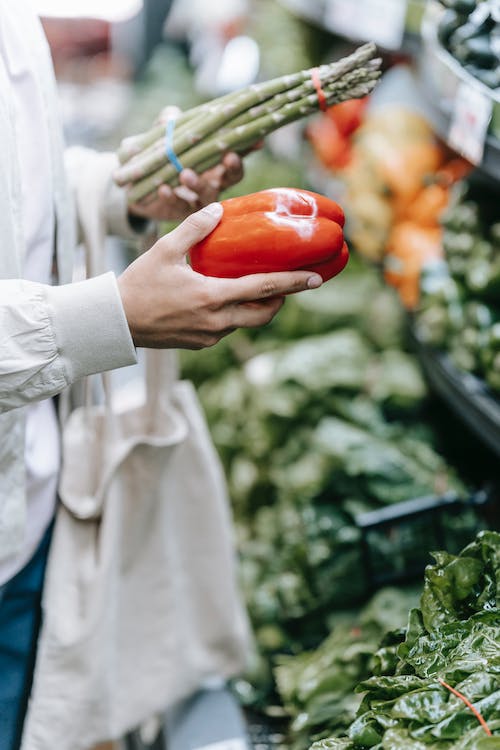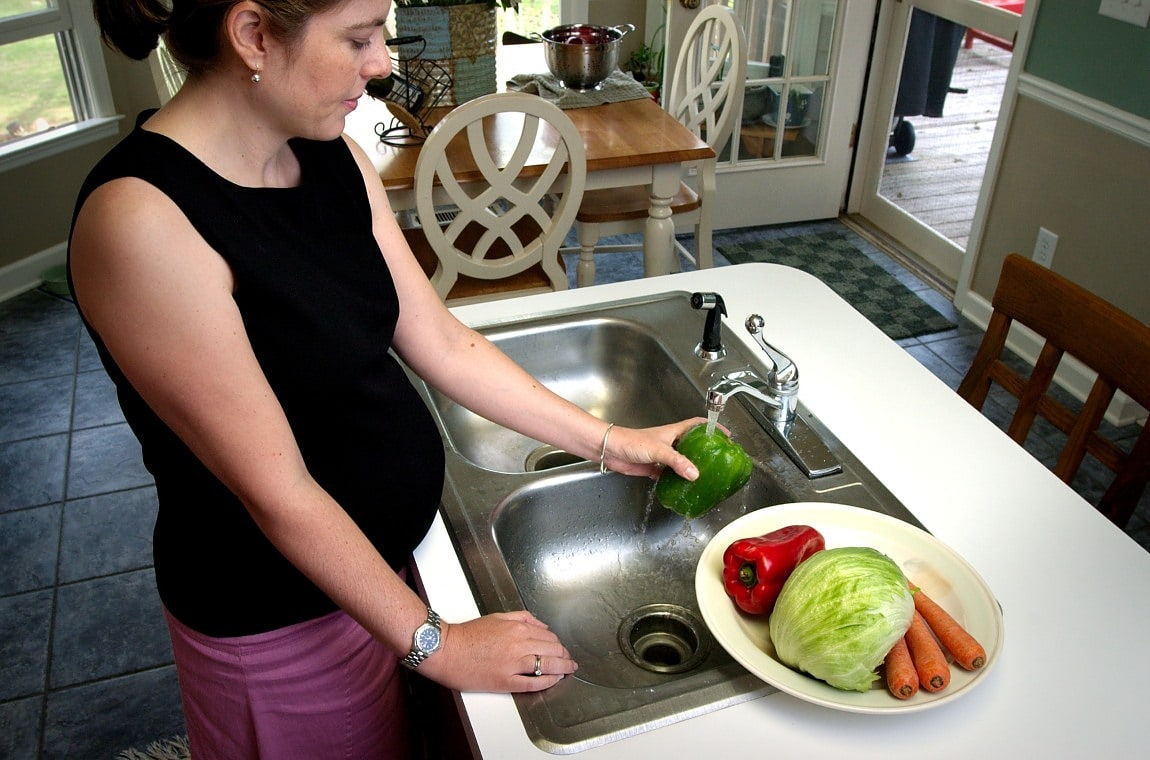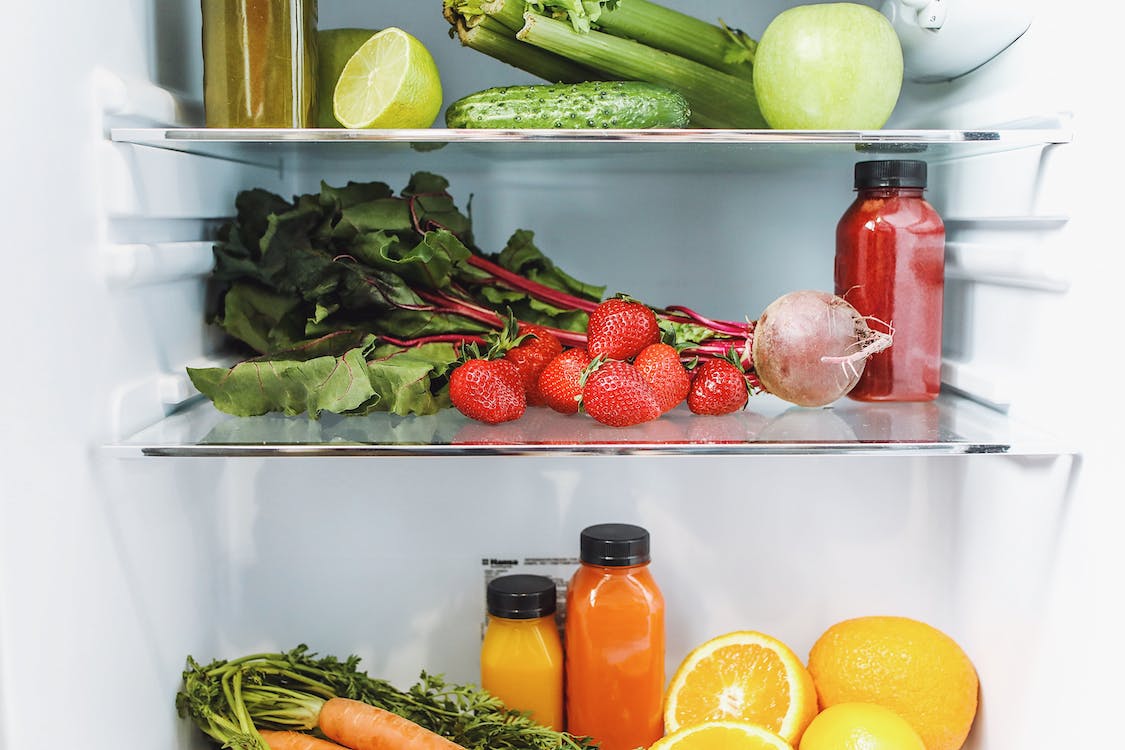
How to Store Your Vegetables
Vegetables are a good dose of minerals, vitamins, fibre and very little sugar. They are essential for health and figure and should ideally be on the menu 7 days a week, for lunch and dinner. However, between the perishability of fresh vegetables and overloaded schedules, having vegetables on the menu every day can be a real headache. From the stall to the plate, here are the steps to preserve fresh vegetables and their virtues for several days or months.
Choose vegetables with care
Only choose vegetables that do not show any signs of perishability. Signs that should alert you are:
- Wilted vegetables.
- Vegetables with brown spots.
- Vegetables with soft parts mean they have been hit.
Prepare vegetables quickly
Prepare vegetables quickly for storage at room temperature, refrigeration, freezing, canning or drying. Just after purchase, they are still full of vitamins and minerals. Over time, their nutritional content deteriorates.
To wash or not to wash vegetables to preserve them?

Washing or not washing vegetables depends on the storage environment.
Do not wash vegetables stored in an ambient environment, as this accelerates ripening and promotes mould.
Wash and rinse with clear water and plenty of water, possibly with white vinegar (a few drops) and a vegetable brush for vegetables with hard skin stored in the refrigerator, in the freezer, or for veggies that are canned or dried.
Note: Food entering a refrigerator should be clean, so washing vegetables to be refrigerated helps prevent cross-contamination.
Warning: when washing vegetables, you must also ensure strict hygiene around the veggies: washing hands with soap and warm water, washing and disinfecting the work surface with warm water and white vinegar, and cleaning kitchen materials in contact with the vegetables.
Store vegetables at room temperature
The length of time vegetables can be stored at room temperature depends on the type of vegetable, the humidity level of the room, its temperature and its exposure to light.
Observe the following precautions:
the environment should be cool, dry and dark;
vegetables should be stored flat on a large piece of cardboard, burlap or in crates;
Vegetables should not touch each other.
Vegetables to be stored at room temperature are:
under-ripe tomatoes so that they can ripen while retaining their full flavour; they can be kept for about a week;
cucurbits;
potatoes (heat makes them sprout, and light makes them greenish and gives them a bitter taste)
sweet potatoes;
yams;
rutabagas;
turnips;
garlic, onions, and shallots, hung in a braid from the ceiling of a cellar to be better preserved than if stored on the ground;
carrots and leeks in a vault containing a mixture of soil and sand.
Other vegetables can be stored for several months except for tomatoes, which have a short shelf life.
Note: do not put fruits and vegetables side by side. Some fruits give off ethylene gas, which makes vegetables bitter and ripens too quickly.
Store vegetables in the refrigerator

The refrigerator slows down the ripening of vegetables, which are then placed at 8 or 10°C, thus keeping them from 3 days to 1 week.
Wash vegetables in clean water.
Drain them.
Place them in the crisper, separating them according to their nature.
Refrigerated storage is best for:
asparagus, possibly placing the stems in cold water or wrapping them in paper towels;
eggplants, cucumbers, fresh onions, peppers, and ripe tomatoes placed directly in the various containers of the refrigerator;
carrots placed in a bowl of water or a perforated plastic bag;
celery, wrapped in a damp cloth or perforated box;
cruciferous vegetables: white or red cabbage, cauliflower with leaves (the leaves indicate freshness) and broccoli, green beans and butter beans, in a perforated plastic bag;
beets and radishes, from which you remove the tops. Place radishes in a perforated plastic bag;
salads wrapped in a cloth or an airtight box. Pak choi, kale, and spinach can also be stored this way;
mushrooms, wrapped in paper towels.
Store vegetables in the freezer
Freezing ensures optimal preservation of vegetables for up to 10 months. It is an ideal solution to consume summer vegetables in winter and vice versa. All vegetables can be frozen except salads, radishes, and carrots because home freezing causes a change in their texture.
Wash and rinse vegetables with plenty of water.
Drain them.
Peel, core, and cut them into pieces or keep them whole, depending on the vegetable.
Blanch eggplant, zucchini and potatoes in boiling water for a few minutes and then dry them with paper towels.
Once cooled, place the vegetables in a freezer bag or a storage box. Write the date of freezing and the name of the food in the marker.
Seal as much air as possible.
Place the vegetables in the freezer.
Note: except for a significant loss of vitamin C, frozen vegetables are nutritionally comparable to fresh vegetables.
Sterilize your fresh vegetables
This is the sterilization process that allows the longest shelf life of vegetables. It is also the best method to avoid wasting excess production from the garden.
Wash and rinse the vegetables with plenty of water.
Peel, core, cut into pieces or keep whole, depending on the vegetable.
Blanch the vegetables for 2 to 3 minutes to inactivate the natural enzymes. Colour and texture will also be preserved. To do this, immerse them in a large pot of salted water with 1 tablespoon of salt per litre of water.
Soak them immediately in cold water.
Fill clean jars with vegetables.
Cover the vegetables with boiling salted water (8 to 20 g per litre) or oil.
Close tightly.
Store the jars in a Dutch oven or sterilizer.
Cover with water to the height of the jars.
Close the jars.
Sterilize for the time indicated by your recipe.
Let the jars cool in the water.
Tomatoes: there is no need to blanch tomatoes before sterilizing. Cook your beets all the way through, however.
Mushrooms: After blanching small mushrooms, place them in glass jars rather than sterilizing them and cover them with vinegar. They will become an excellent condiment to accompany your grilled meats.
Warning: beware of botulism. Botulinum toxin develops in an oxygen-deprived environment and causes food poisoning with paralysis of neurons and muscle contractions.
Drying vegetables
The ultimate method of preserving vegetables is to dry them. This method will give you dried vegetables that are highly concentrated in flavour and can be rehydrated in a bowl of water or used as a flavour enhancer for your various sauce dishes.
Wash and rinse the vegetables with plenty of water.
Peel and core them depending on which vegetables you want to dry.
Slice them thinly or leave them whole if they are small (e.g. cherry tomatoes).
Place them in the oven or dehydrator tray, side by side, leaving a space between each of them.
Remove excess water with a paper towel.
Place them in a hot oven at 50°C or in a dehydrator, turning them occasionally until the vegetable no longer shows any moisture. This drying time varies greatly. However, several hours are necessary for all vegetables.
Store them in a glass jar with a lid or a glass storage box, away from light, in a fairly dry place.
Dried vegetables can be stored for several months.
